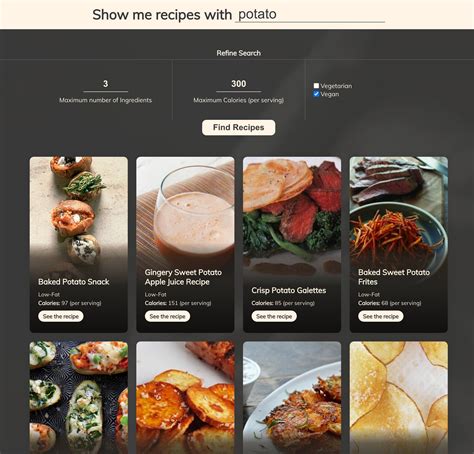Recipes Based on Ingredients: A Deliciously Organized Approach to Cooking
Are you staring into your refrigerator, overwhelmed by a collection of ingredients with no clear culinary direction? Do you find yourself endlessly scrolling through recipe websites, frustrated by the lack of a simple, ingredient-based search? You're not alone! Many home cooks struggle with the challenge of transforming random ingredients into delicious meals. This post offers a practical guide to planning meals based on your available ingredients, saving you time, reducing food waste, and unleashing your inner chef.
The Power of Ingredient-Based Cooking
Ingredient-based cooking is more than just throwing things together. It's a strategic approach that emphasizes using what you have on hand, minimizing waste, and maximizing flavor. By focusing on your existing ingredients, you unlock a world of creative possibilities and avoid the pitfalls of impulse grocery shopping.
Benefits of Ingredient-Based Cooking:
- Reduced Food Waste: Use up leftover vegetables, expiring herbs, and other ingredients before they spoil.
- Cost Savings: Plan meals around what you already own, cutting down on unnecessary grocery trips and impulse buys.
- Creative Culinary Exploration: Challenge yourself to develop unique dishes based on unexpected ingredient combinations.
- Increased Efficiency: Save time by eliminating the need to search for recipes based on specific dishes.
How to Plan Meals Based on Your Ingredients
Here's a step-by-step guide to transforming your pantry and refrigerator into a culinary masterpiece:
1. Inventory Your Ingredients:
Take stock of everything you have. This includes:
- Produce: Vegetables, fruits, herbs
- Proteins: Meat, poultry, fish, tofu, beans, lentils
- Pantry Staples: Grains, pasta, spices, oils, sauces
2. Categorize Your Ingredients:
Group similar ingredients together. For example:
- Vegetables: Onions, carrots, potatoes, broccoli
- Proteins: Chicken breast, ground beef
- Grains: Rice, quinoa, pasta
3. Brainstorm Potential Dishes:
Based on your ingredient categories, brainstorm potential dishes. Consider the following:
- Flavor Profiles: Do your ingredients lend themselves to a spicy, savory, or sweet dish?
- Cooking Methods: What cooking methods are best suited for your ingredients (e.g., roasting, sautéing, boiling)?
- Dietary Restrictions: Consider any dietary restrictions or preferences.
4. Find Inspiration (Without Endless Scrolling!):
Instead of searching for specific recipes, use your ingredient list as a starting point. Think about classic combinations:
- Chicken and Vegetables: Roast chicken with root vegetables, chicken stir-fry
- Pasta and Sauce: Pasta with tomato sauce, creamy pesto pasta
- Beans and Rice: Burrito bowls, vegetarian chili
5. Get Creative with Substitutions:
Don't be afraid to substitute ingredients. If you don't have an exact ingredient called for in a recipe, experiment with similar alternatives. For example, substitute zucchini for squash, or chickpeas for kidney beans.
Example: Transforming Leftovers into a New Meal
Let's say you have leftover roasted chicken, some potatoes, and a few carrots. You could easily create:
- Chicken and Vegetable Pot Pie: Combine the chicken and vegetables with a creamy sauce and top with puff pastry.
- Chicken Salad Sandwiches: Shred the chicken and mix it with mayonnaise, celery, and onion. Serve on bread or crackers.
- Chicken and Vegetable Soup: Add the chicken and vegetables to a broth base with your favorite herbs and spices.
Conclusion: Embrace the Joy of Ingredient-Based Cooking!
By embracing ingredient-based cooking, you'll not only save time and money but also unleash your culinary creativity. So, take a look at your fridge, get inspired, and start cooking! Remember, the most important ingredient is your willingness to experiment and have fun.
